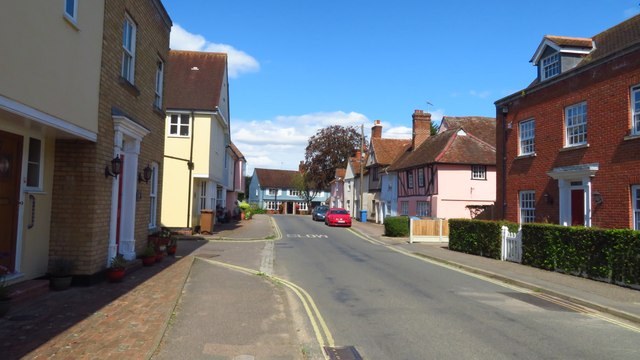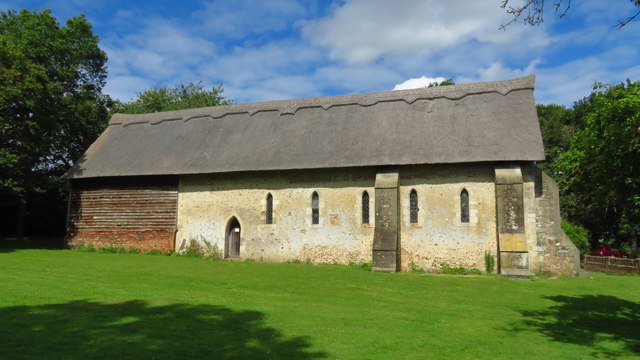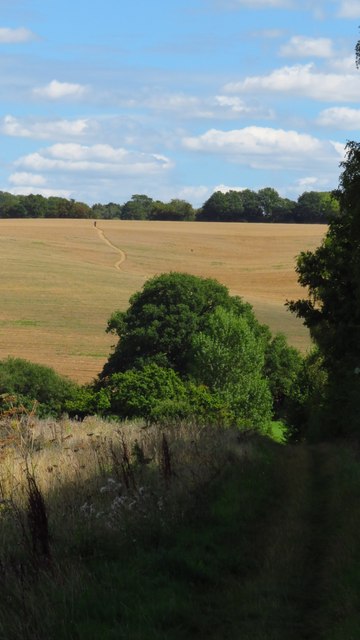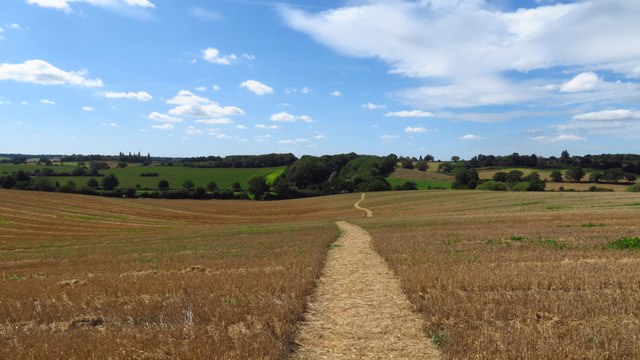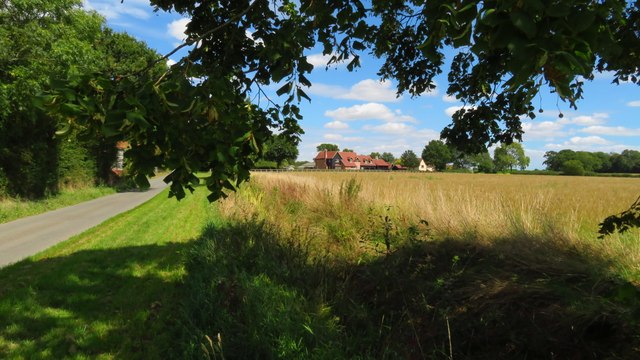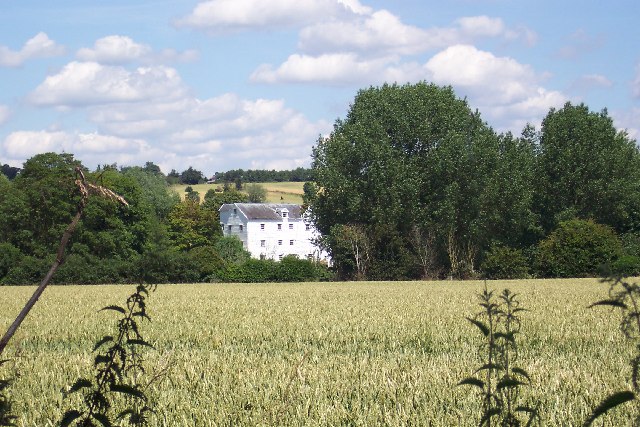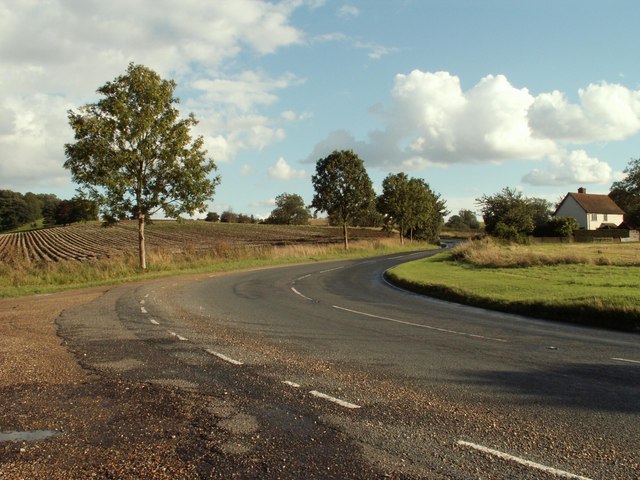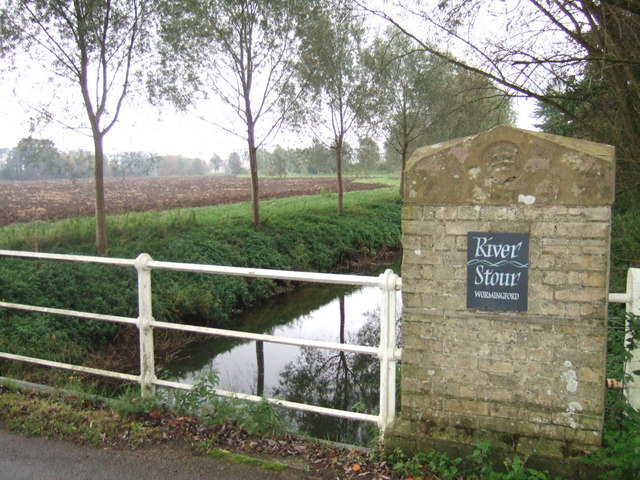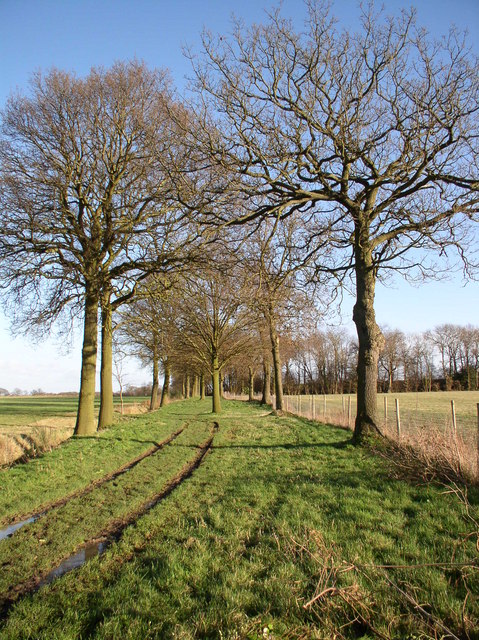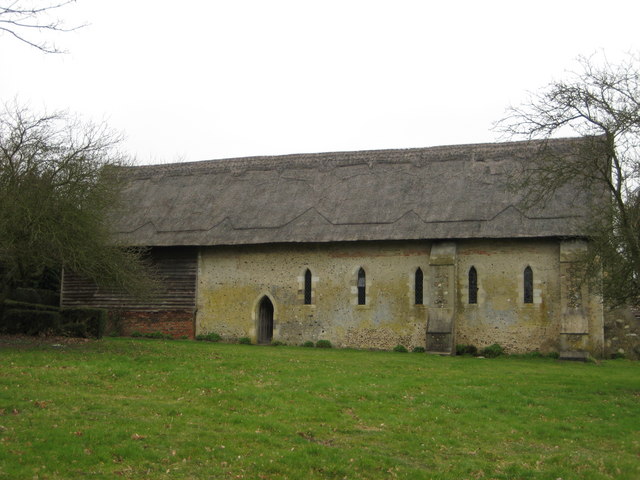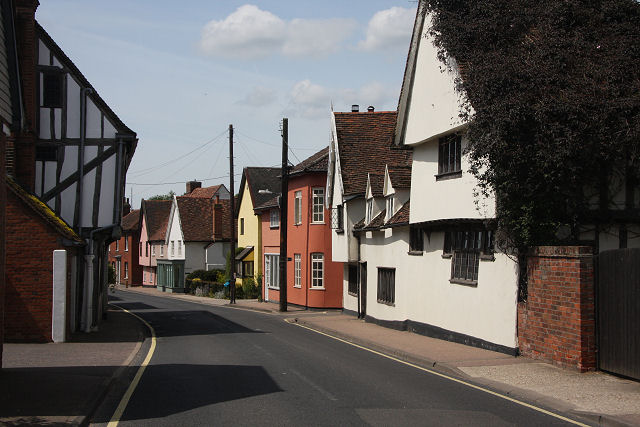Jubilee Spinney
Wood, Forest in Suffolk Babergh
England
Jubilee Spinney
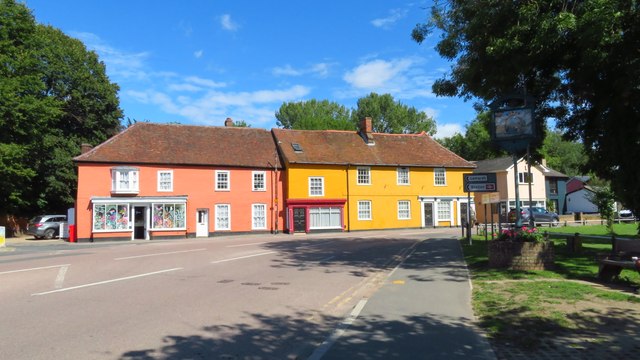
Jubilee Spinney is a picturesque woodland located in Suffolk, England. Situated near the village of Woodbridge, this serene forest covers an area of approximately 30 acres. Jubilee Spinney is a popular destination for nature enthusiasts, hikers, and families looking to immerse themselves in the beauty of the Suffolk countryside.
The woodland is known for its diverse range of trees, including oak, beech, and ash, which create a vibrant and colorful canopy throughout the year. These trees provide a habitat for a variety of wildlife, including birds, squirrels, and deer, making it a haven for nature lovers and birdwatchers.
Jubilee Spinney offers several well-marked walking trails, allowing visitors to explore the forest at their own pace. The paths wind through the trees, providing glimpses of wildflowers, ferns, and moss-covered rocks. Along the way, benches and picnic areas offer opportunities for visitors to rest and enjoy the peaceful ambiance.
The forest also boasts a small pond, which is home to various aquatic plants and creatures. This adds to the overall biodiversity of the area and provides a tranquil spot for visitors to observe nature up close.
Jubilee Spinney is open to the public throughout the year, and admission is free. The woodland is well-maintained by local authorities, ensuring a safe and enjoyable experience for all who visit. Whether it's a leisurely stroll, a family picnic, or a chance to reconnect with nature, Jubilee Spinney offers a delightful escape from the hustle and bustle of everyday life.
If you have any feedback on the listing, please let us know in the comments section below.
Jubilee Spinney Images
Images are sourced within 2km of 51.969802/0.78897867 or Grid Reference TL9133. Thanks to Geograph Open Source API. All images are credited.
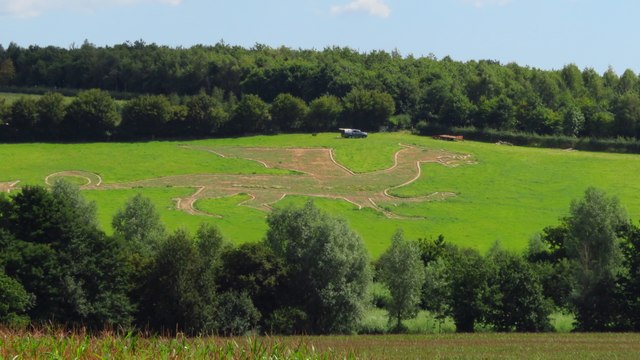

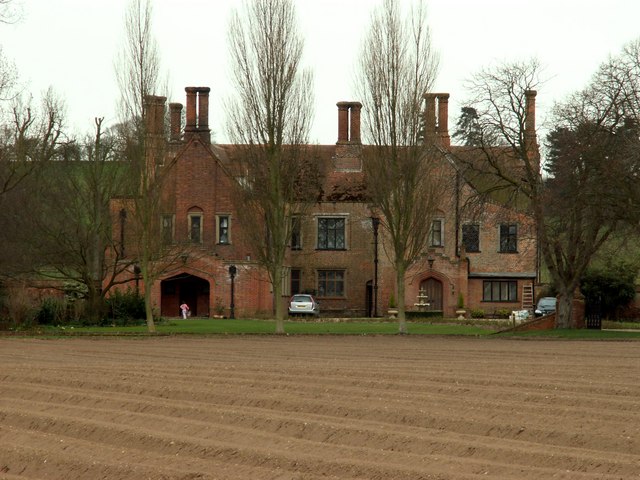
Jubilee Spinney is located at Grid Ref: TL9133 (Lat: 51.969802, Lng: 0.78897867)
Administrative County: Suffolk
District: Babergh
Police Authority: Suffolk
What 3 Words
///pitch.crowned.validated. Near Bures St Mary, Suffolk
Nearby Locations
Related Wikis
Bures St Mary
Bures St Mary is a civil parish in the Babergh district of the English county of Suffolk. In 2005 it had a population of 940, reducing to 918 at the 2011...
Bures, England
Bures is a village in eastern England that straddles the Essex/Suffolk border, made up of two civil parishes: Bures Hamlet in Essex and Bures St. Mary...
Bures Hamlet
Bures Hamlet is a civil parish in the Braintree district of Essex, England. At the 2011 census, it had a population of 749.The parish covers the western...
Bures railway station
Bures railway station is on the Gainsborough Line, a branch off the Great Eastern Main Line to Sudbury, in the East of England, serving the village of...
Smallbridge Hall
Smallbridge Hall is a Grade II* listed English country house in Bures St. Mary, Suffolk, near Colchester, England. The house is partially surrounded by...
Tiger Hill, Suffolk
Tiger Hill is a 21 hectare Local Nature Reserve between Bures St Mary and Leavenheath in Suffolk. It is owned by [a group of landowners and declared under...
Wormingford
Wormingford is a village and civil parish in the City of Colchester district of Essex, England. The ancient parish of Wormingford on the south bank of...
Mount Bures
Mount Bures is a small village in England on the Essex and Suffolk borders. It takes its name from the mount or motte believed to have been built shortly...
Have you been to Jubilee Spinney?
Leave your review of Jubilee Spinney below (or comments, questions and feedback).
